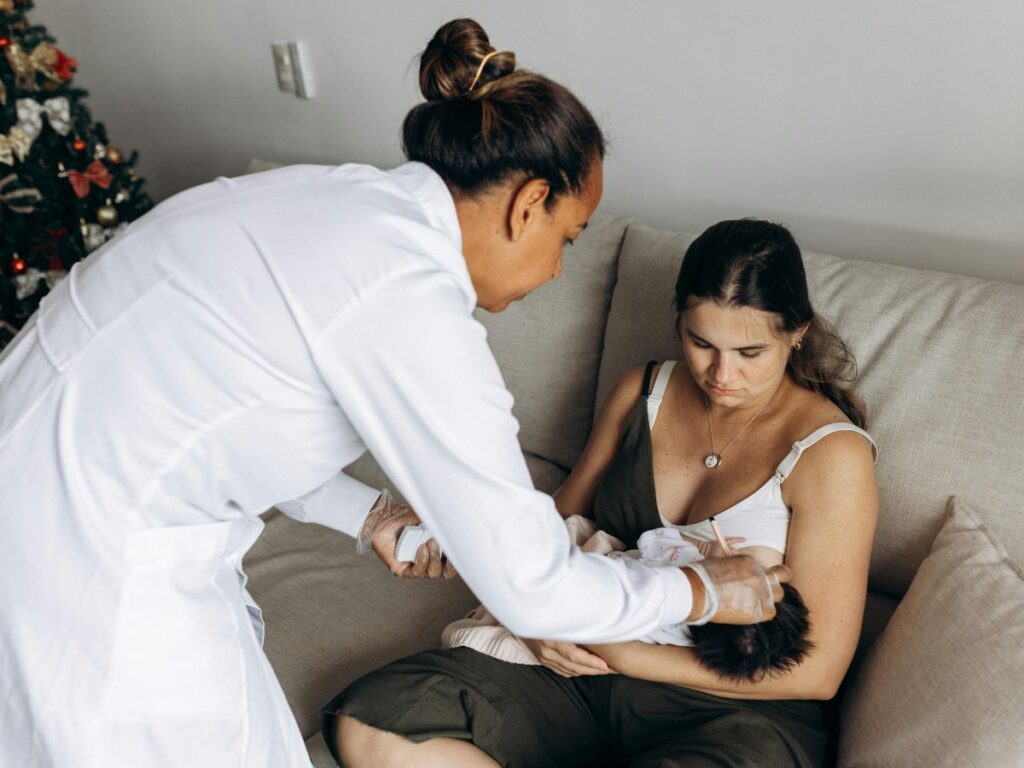Why Motorcycle-Related Whiplash Demands Specialized Rehab
Motorcycle accidents can be especially jarring on the neck. Lacking a car’s protective headrest, sudden decelerations or being thrown from the bike can violently snap the cervical spine. Even if you wore a helmet, the abrupt forces can sprain neck ligaments, strain muscles, and jar vertebrae out of alignment. Symptoms might not bloom until days later, manifesting as persistent headaches, stiff rotation, or upper back tension. Targeted whiplash therapy ensures these hidden issues don’t ferment into chronic pain. By combining gentle mobilizations, posture retraining, and Dr. Elham’s chiropractic expertise, therapy sets your neck on a secure path to healing—restoring the agility needed to tilt your head effortlessly while riding or performing daily tasks without crippling soreness.
Immediate Post-Accident Barriers
Motorcycle whiplash often triggers intense neck guarding—muscles lock to shield the spine. Inflammation around the ligaments or discs can limit basic rotation, making head checks painful. Fear of re-aggravation can breed a braced posture, compounding tension. Without therapy, scar tissue can stiffen these tissues, diminishing lateral motion or fueling headaches. Rehab breaks the vicious cycle: gentle traction or manual therapy dissolves inflammation, mild range-of-motion exercises keep the cervical joints limber, and progressive strengthening secures stability. Dr. Elham’s adjustments correct misalignments from the crash’s impact, preventing nerve pinch or disc stress that linger if left unchecked.
Core Steps in Motorcycle Whiplash Rehab
Recovery typically weaves together multiple strategies:
- Inflammation Reduction: Ice or gentle manual therapy to calm acute swelling, soothing nerve irritations.
- Gradual Mobilization: Slow head turns, side tilts, or chin tucks that reintroduce controlled movement to stiffened segments.
- Strength and Stability: Isometric neck holds, scapular retraction, or light band exercises fortify the cervical spine’s muscle support.
- Posture and Balance: Ensuring a neutral head position to relieve stressed ligaments, plus any trunk or shoulder alignment work.
- Functional Reintegration: Safely resuming daily movements—like overhead reach or helmet checks—while monitoring for pain spikes.
Each stage fosters synergy among neck muscles, discs, and nerves, preventing the whiplash trauma from evolving into a lingering disability that constrains your normal lifestyle or future rides.
Dr. Elham’s Alignment Focus
In motorcycle accidents, the cervical spine can endure twisting or compressive forces that subluxate vertebrae beyond the typical forward-back whiplash. Dr. Elham evaluates each segment, gently resetting misalignments that aggravate soft tissues. If upper back or scapular regions are locked, mild manipulations or manual therapy can ease muscle tension. By restoring symmetrical posture, you keep the recovering neck from re-straining under daily chores or even mild rides. This approach, fused with standard PT, ensures the entire upper torso cooperates in healing, sparing you the frustration of recurring headaches or a stiff neck that plagues your every turn.
Why Invest in Whiplash Therapy
A dedicated rehab regimen after a motorcycle crash brings multiple gains:
- Thorough Neck Healing: Targeted exercises block scar tissue from restricting rotation or fueling chronic aches.
- Less Lingering Headaches: Realigned vertebrae and balanced muscles quell nerve compressions behind persistent migraines.
- Regained Helmet Comfort: Freed motion ensures you can don and rotate your helmet without sharp twinges.
- Lower Long-Term Risks: Proper care wards off cervical disc degeneration or spinal misalignment that emerges months after an untreated injury.
- Restored Riding Confidence: Knowing your neck can handle normal head checks fosters ease once you’re back on your motorcycle.
Ultimately, whiplash therapy safeguards not only your immediate comfort but your future ability to ride or engage in daily tasks minus hidden neck vulnerabilities.
Sustaining Results Off the Mat
Between formal sessions, Dr. Elham or your therapist may assign gentle neck stretches or isometric exercises—like holding the head against slight resistance—to maintain muscle activation. Monitoring posture in daily routines—like sitting upright when reading or using a phone at eye level—prevents the forward-head creep that reignites whiplash tension. If soreness resurges, brief icing soothes inflammation. Over time, these micro-habits embed a supportive environment for the cervical spine’s healing, letting the newly aligned vertebrae and relaxed muscles remain stable rather than defaulting to collision-induced patterns.
Resuming Motorcycle or Normal Activities
After a motorcycle crash, even gentle rides or routine head turns—like looking for traffic—may spike neck pain or apprehension. Rehab systematically addresses those motions: once range-of-motion and minimal strength return, you can practice controlled side glances or overhead reach under guidance. Dr. Elham’s alignment ensures the scapular region doesn’t sabotage the neck with leftover tension. As your comfort grows, mild helmet-laden tasks or short, easy rides can test your neck’s tolerance. Gradually, you extend ride times or intensities, verifying no headaches or strain resurface. By building up systematically, you not only heal but also rediscover the joy of riding minus that gnawing neck ache or fear of re-injury.
Ignoring Motorcycle Whiplash: The Perils
Brushing aside post-crash neck soreness can anchor you in chronic muscle spasms that hamper daily tasks for months. Subluxations or micro-tears left untreated might spawn migraines or nerve compressions. Over time, restricted cervical motion can degrade discs or cartilage, birthing arthritic changes prematurely. Anxiety or poor sleep often follow if persistent neck discomfort lingers. With purposeful therapy—ice, manual mobilizations, strengthening, alignment checks—you avoid these creeping complications, preserving your neck’s range and sparing your nerves from debilitating tension. The difference between ignoring a mild ache and embracing full rehab can define whether your neck remains a lifelong burden or recovers fully for continued riding adventures.
Typical Whiplash Session Flow
Early on, your therapist examines neck rotation limits, swelling, or local tenderness. Gentle manual therapy or traction can ease acute stiffness, while mild rotation or side-bend moves keep joints limber. Dr. Elham might adjust cervical segments jarred by the crash. As pain subsides, you’ll integrate isometric or band-resisted strengthening for neck and scapular muscles. Posture coaching ensures you avoid slouching that compounds ligament strain. Ultimately, therapy includes functional drills—like simulating helmet turns or checking over the shoulder—to gauge real-world readiness. Once you conquer these tasks without pain spikes, you’re typically cleared for moderate riding or routine daily motion, confident your neck can handle unexpected bumps or quick glances on the road.
Reclaiming Life and Rides Post-Crash
Motorcycle accident whiplash therapy liberates you from lingering neck tension that could overshadow daily tasks or dampen the thrill of riding. Through consistent manual therapy, incremental motion work, and Dr. Elham’s alignment, traumatized cervical tissues mend properly, averting chronic stiffness or nerve pinch. Freed from fear of painful helmet rotations, you can resume mild commutes or casual rides early, progressing to longer journeys once therapy cements stable posture. By investing in a structured approach, you ensure the whiplash doesn’t rewrite your relationship with motorcycling—your neck reemerges healthy, flexible, and unafraid to pivot or absorb road vibrations, letting you journey onward with minimal reminders of that abrupt collision.






